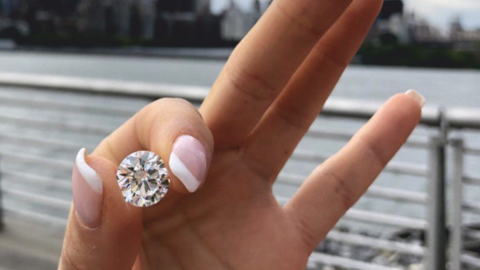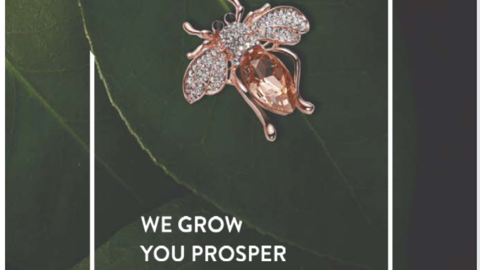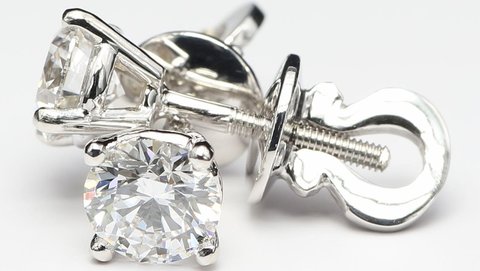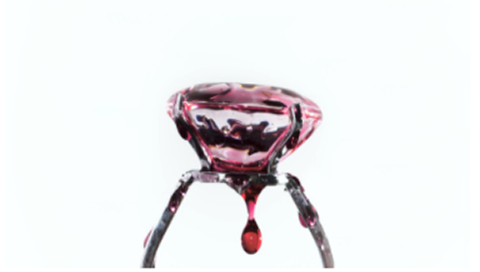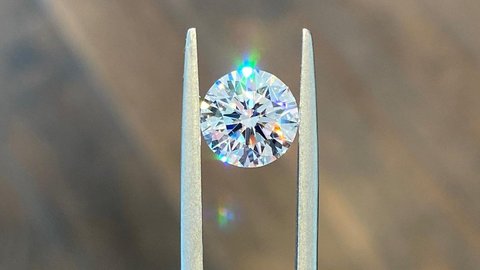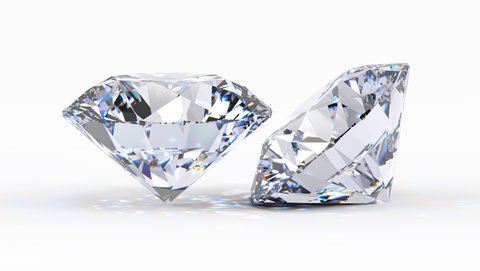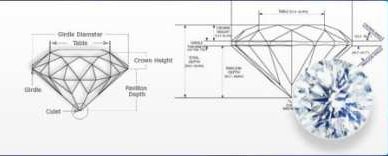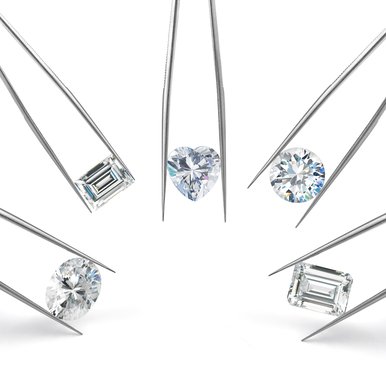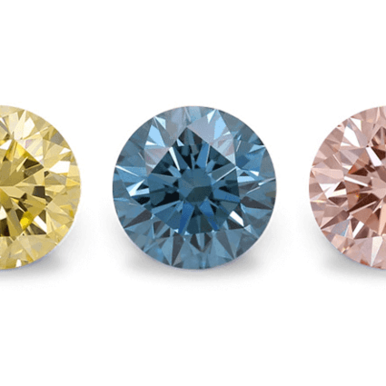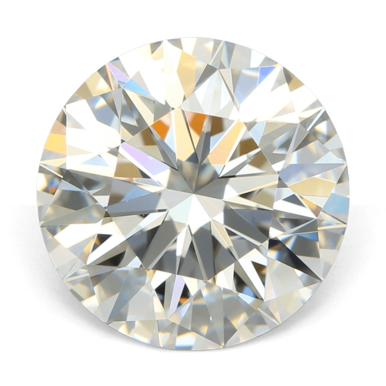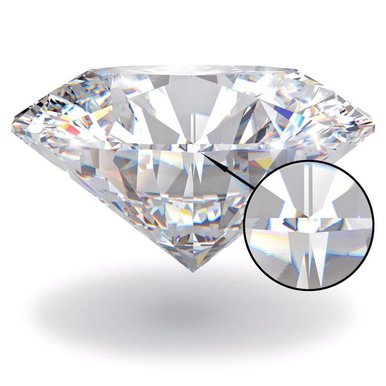Marquise Cut Diamond Buying Guide
Shape
One of the most rare and unique diamond shapes, marquise brilliant is at the top of majestic and romantic cuts. It may also be referred to as the ‘Navette’ (little boat) after the resemblance of its shape to the boat's hull. Marquise cut is quite rare do to the low yield a cutter gets out of rough. However it does not make it less valuable. Marquise diamond looks slightly bigger in comparison to most other shapes with the same weight. Not to mention that the marquise ring can elongate the fingers visually making them more elegant and aristocratic.
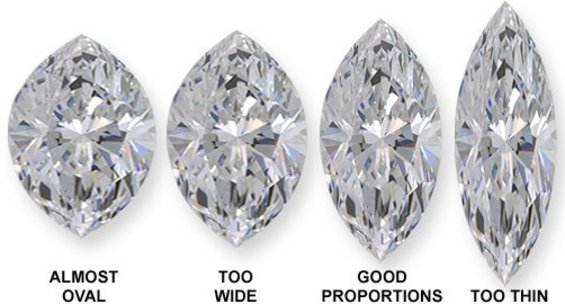
Cut
Marquise is generally comprised of 58 facets, with 33 on the crown and 25 on the pavilion. Sometimes a diamond cutter may leave a ‘French tip’, which replaces the large bezel facet at the point with star and upper girdle facets. Gemological institutes rarely grade cut quality of fancy shaped diamonds, but proportions are highly important for Marquise. They should be thoroughly inspected upon choosing a gemstone. Depending on the ratio, two diamonds of the same weight and shape might look completely different. The go-to ratio of Marquise cut ranges between 1.7 and 2.2, as the diamonds will appear balanced, and not too thin or too wide.
Marquise Cut Diamond Table
| Excellent | Very Good | Good | Fair | Poor | |
| Table% | 53 - 63 | 52 or 64 - 65 | 51 or 66 - 68 | 50 or 69 - 70 | < 50 or > 70 |
| Depth % | 58 - 62 | 56 - 57.9 or 62.1 - 66 | 53 - 55.9 or 66.1 - 71 | 50 - 52.9 or 71.1 - 74 | < 50 or > 74 |
| Girdle | Very Thin to Slightly Thick | Very Thin to Thick | Very Thin to Very Thick | Ex. Thin to Ex. Thick | |
| Culet | None | Very Small | Small | Medium | > Medium |
| L/W Ratio | 1.85 - 2.00 | 1.75 - 1.84 or 2.01 - 2.15 | 1.65 - 1.74 or 2.16 - 2.30 | 1.55 - 1.64 or 2.31 - 2.45 | > 1.55 or < 2.45 |
The ideal table percentage for a marquise cut diamond falls between 53% and 63%, ensuring optimal light reflection and a balanced appearance.
The depth percentage, which is the height of the diamond from the culet to the table divided by its width, is another essential aspect of the marquise cut's proportions. The ideal depth percentage range for a marquise cut diamond is between 58% and 62%.
The girdle thickness of a marquise cut diamond should ideally fall between very thin and slightly thick, ensuring durability without compromising the stone's appearance.
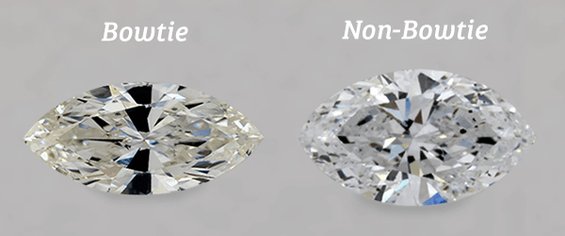
It is very important to locate a bowtie, if it is present. Bowtie is a visual defect which can be seen on certain types of elongated diamonds, such as pear shapes, ovals and, of course, marquise cuts. Diamonds with bowtie exhibit dark areas in the center. Depending on cut quality, bowtie might be non-existent, slightly visible or really strong (if the diamond is too deep).
The girdle thickness is another crucial factor in a marquise. Some cutters can leave a thick or even very thick girdle to increase the overall weight of a diamond, which can also lead to a bowtie. Not only does a thick girdle result in additional weight and the higher price tag, the diamond might end up showing less brilliance and fire due to the light leaking through the wide surface.

Clarity
Marquise’s brilliant look and small table allow diamond to hide some imperfections in the facets of the crown. Due to this effect, an observer might not see the inclusions even in a gemstone with lower clarity. This is why inspecting a diamond itself is more important than making a decision based on the grade in the report. Making sure that the table is clean of impurities is crucial. If there are no visible inclusions, choosing a diamond with SI clarity grade might be the best option to prevent spending extra money.

Color
Inspecting the diamond itself is much more important than basing a decision on a grading report. The same rule is applied with a color of the stone. Due to its brilliant look, Marquise diamond will exhibit yellow tint. Therefore, choosing a diamond with color lower than G is not recommended. However, a G-graded diamond may look just as good as the stone with an E color, since it is highly important how the color balances with the clarity.


